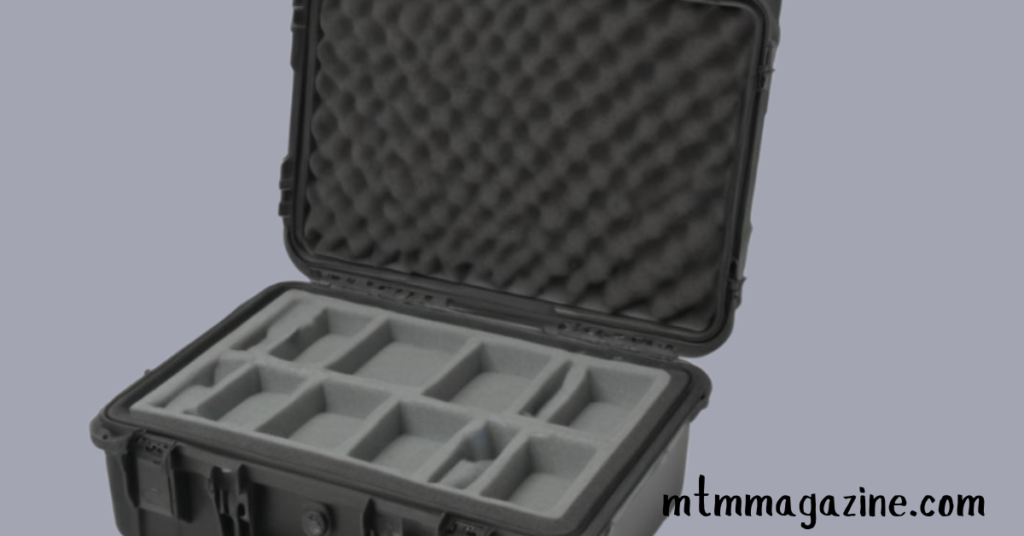The Casematic 915 is a versatile and efficient machine designed to streamline specific tasks, depending on its application. Whether you’re using it for binding, laminating, or other professional purposes, understanding how to operate it correctly is essential for achieving the best results. This guide provides a step-by-step explanation on how to use the Casematic 915 effectively and safely.
Unpacking and Setting Up the Casematic 915
Before using the Casematic 915, ensure it is properly set up.
- Unbox Carefully: Remove the machine from its packaging, ensuring no parts are left behind.
- Check Components: Verify that all necessary components (e.g., cables, manuals, accessories) are included.
- Select a Stable Surface: Place the machine on a flat, stable surface near a power outlet.
- Connect to Power: Plug the machine into a grounded outlet and ensure the power switch is off before connecting.
Familiarizing Yourself with the Controls
Understanding the controls is vital for smooth operation.
- Control Panel: Locate buttons or knobs used to adjust settings like temperature, speed, or pressure.
- Indicator Lights: Pay attention to lights indicating readiness, errors, or operational status.
- Safety Features: Identify safety mechanisms, such as automatic shut-off or emergency stops, to prevent accidents.
Preparing Materials for Use
The Casematic 915 is built to handle specific materials, so preparation is key.
- Inspect Materials: Ensure all materials (e.g., papers, covers, or laminates) are clean, dry, and compatible with the machine.
- Measure and Align: Align your materials to fit the machine’s specifications, ensuring precision for optimal results.
- Preheat or Adjust Settings: If the machine requires preheating or calibration, allow sufficient time for the machine to reach the desired settings.
Operating the Casematic 915
Follow these steps to use the machine efficiently:
- Power On: Turn on the machine using the main power switch. Wait for any indicator light to signal readiness.
- Feed Materials: Place the materials into the designated slot or feeding area. Ensure proper alignment to avoid jamming.
- Adjust Settings: Use the control panel to set the appropriate temperature, speed, or pressure based on the material type.
- Start Operation: Press the start button or engage the lever to begin the process. Monitor the operation closely.
- Retrieve Outputs: Collect the processed materials from the output tray and inspect for quality.
Troubleshooting Common Issues
Here are solutions to some common problems users may encounter:
- Jammed Materials: Turn off the machine, carefully remove the jammed item, and check for blockages.
- Uneven Results: Recheck the alignment and ensure the settings match the material specifications.
- Machine Overheating: Allow the machine to cool down before resuming operation, and verify ventilation is unobstructed.
Cleaning and Maintenance
Regular maintenance ensures the longevity and efficiency of the Casematic 915.
- Clean After Use: Wipe the machine with a soft, damp cloth to remove dust and debris. Avoid abrasive cleaners.
- Inspect Moving Parts: Check for wear and tear on rollers, belts, or other moving parts, and replace as needed.
- Lubricate Components: Apply recommended lubricants to maintain smooth operation.
- Store Properly: If not in use, cover the machine to protect it from dust and moisture.
Safety Precautions
Using the Casematic 915 safely is as important as using it effectively.
- Keep Hands Clear: Avoid placing hands near moving parts while the machine is running.
- Avoid Overloading: Do not exceed the machine’s capacity, as this can cause damage.
- Turn Off After Use: Always switch off and unplug the machine when not in operation.
Conclusion
The Casematic 915 is a powerful tool that, when used correctly, delivers professional-quality results. By following this step-by-step guide, you can maximize the machine’s efficiency while maintaining safety and prolonging its lifespan. Proper setup, regular maintenance, and adherence to operational guidelines ensure that your Casematic 915 performs optimally for years to come.
Whether you’re a first-time user or an experienced operator, these instructions will help you achieve the best results with ease and confidence.



